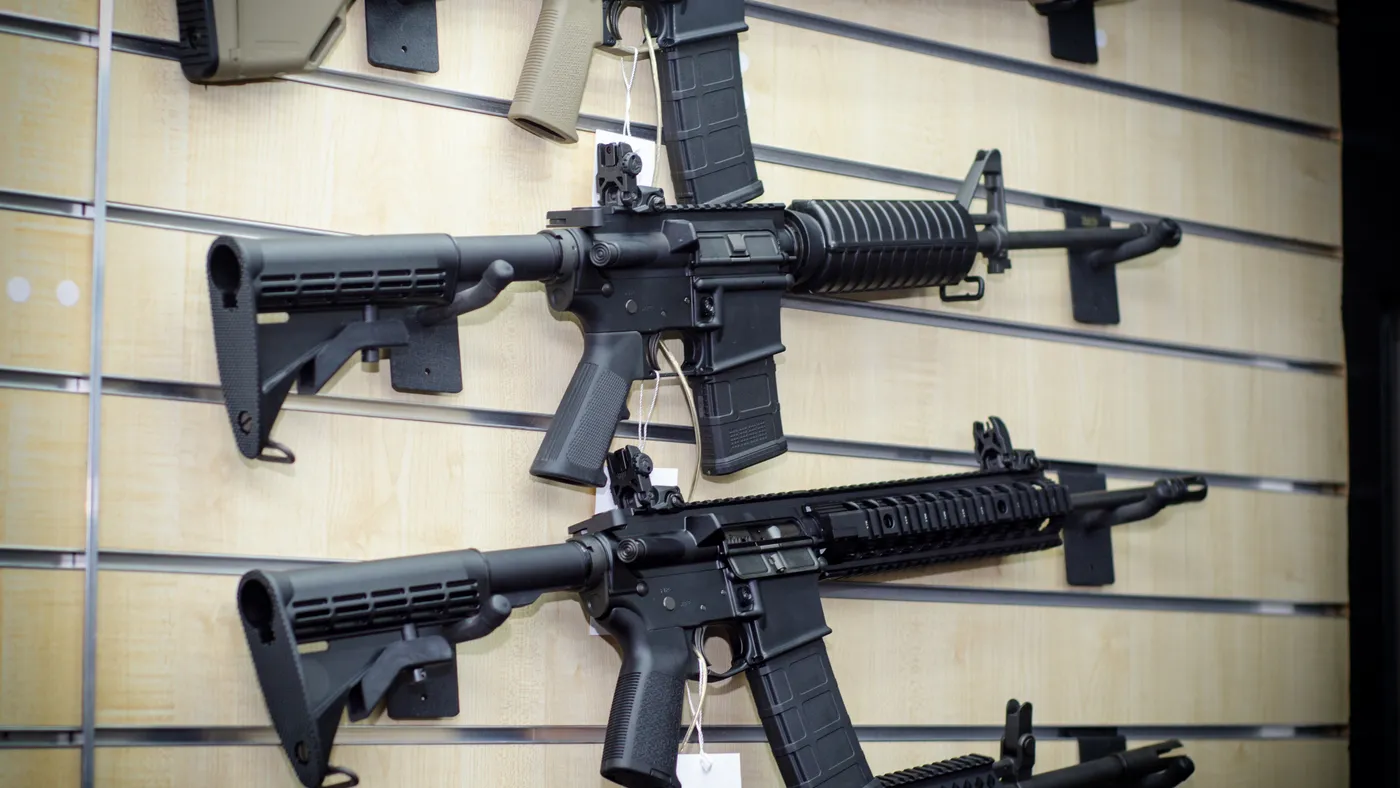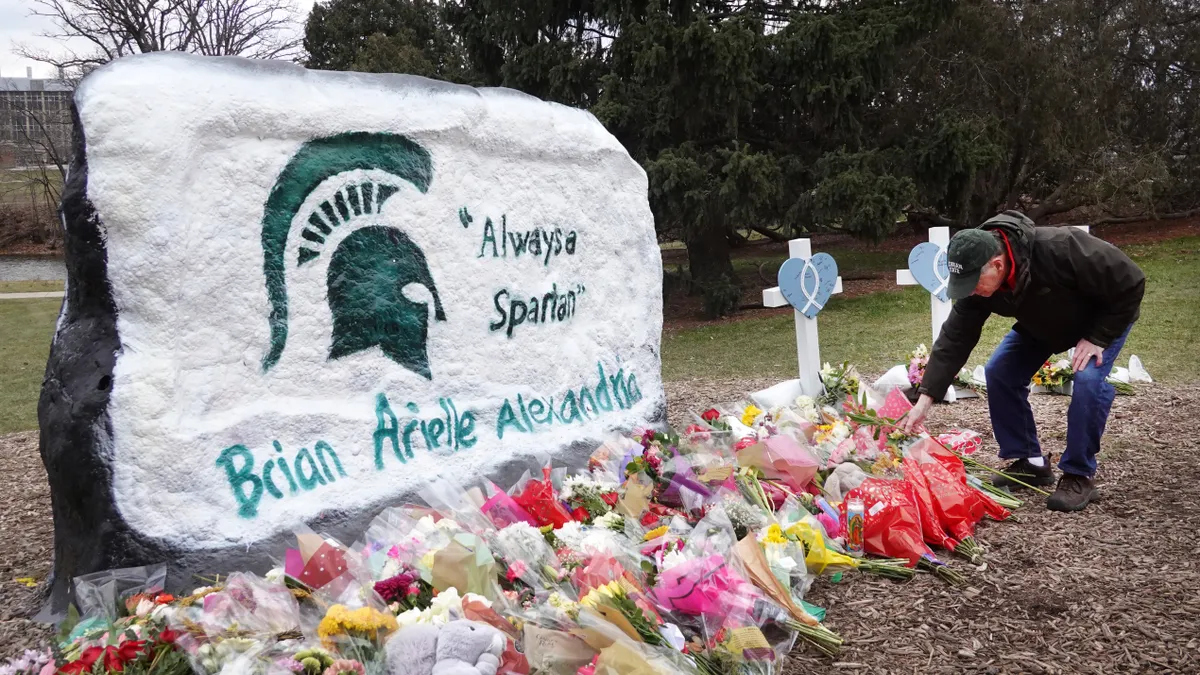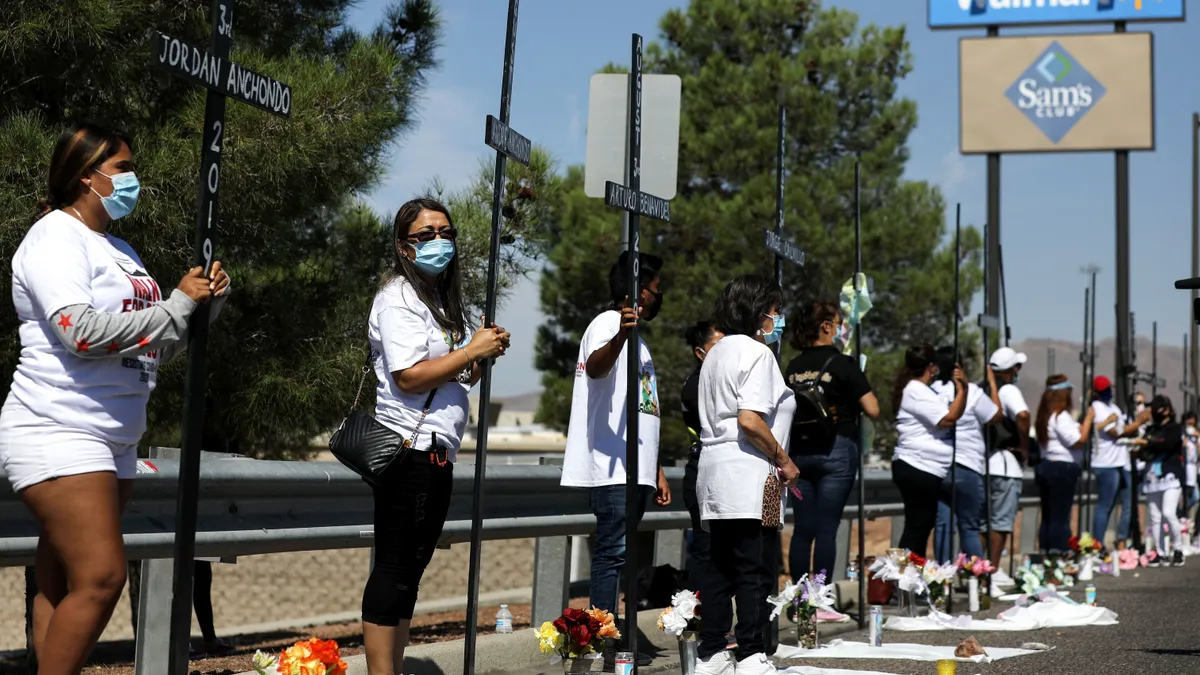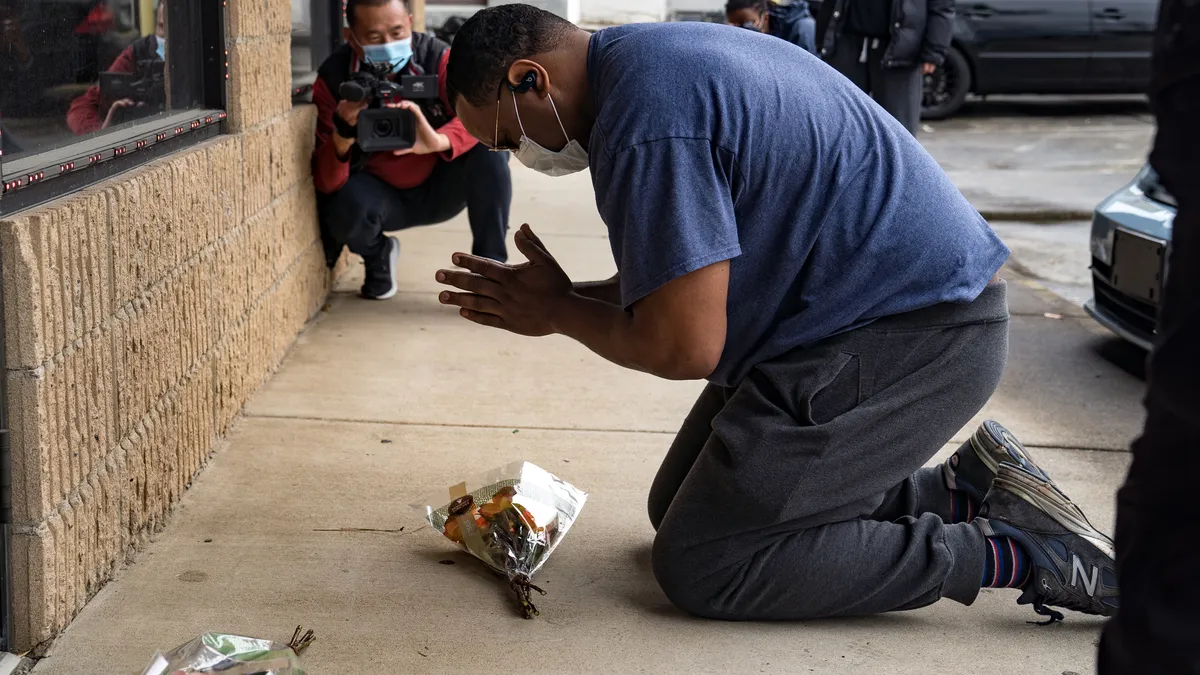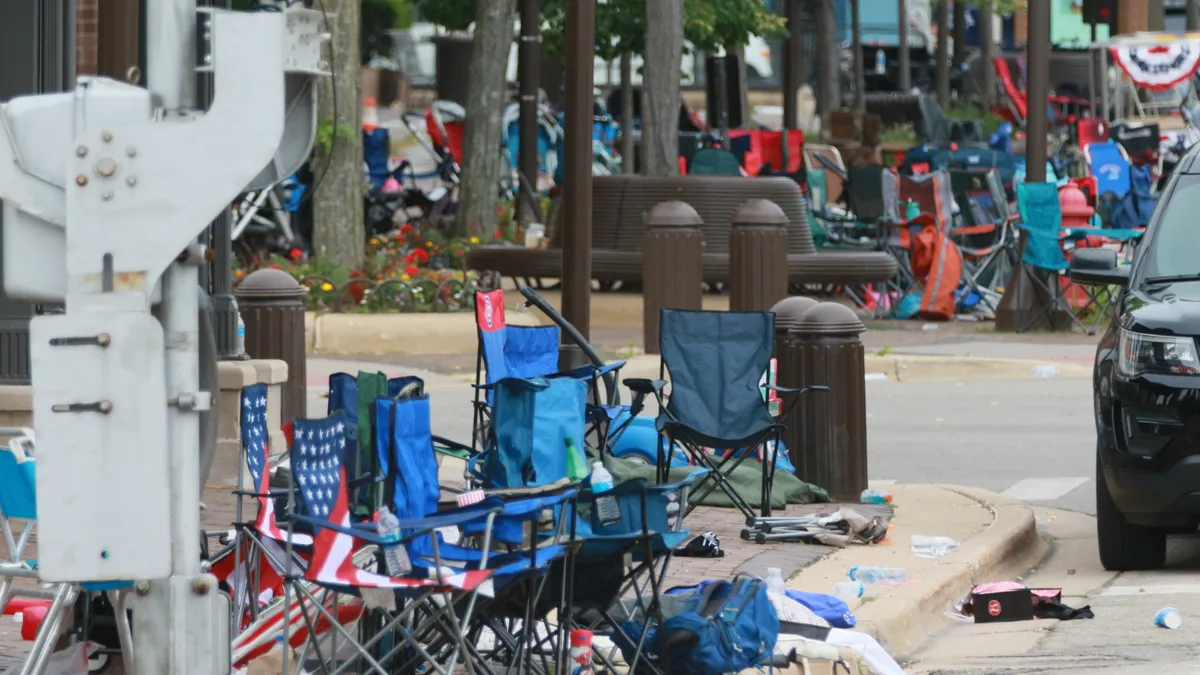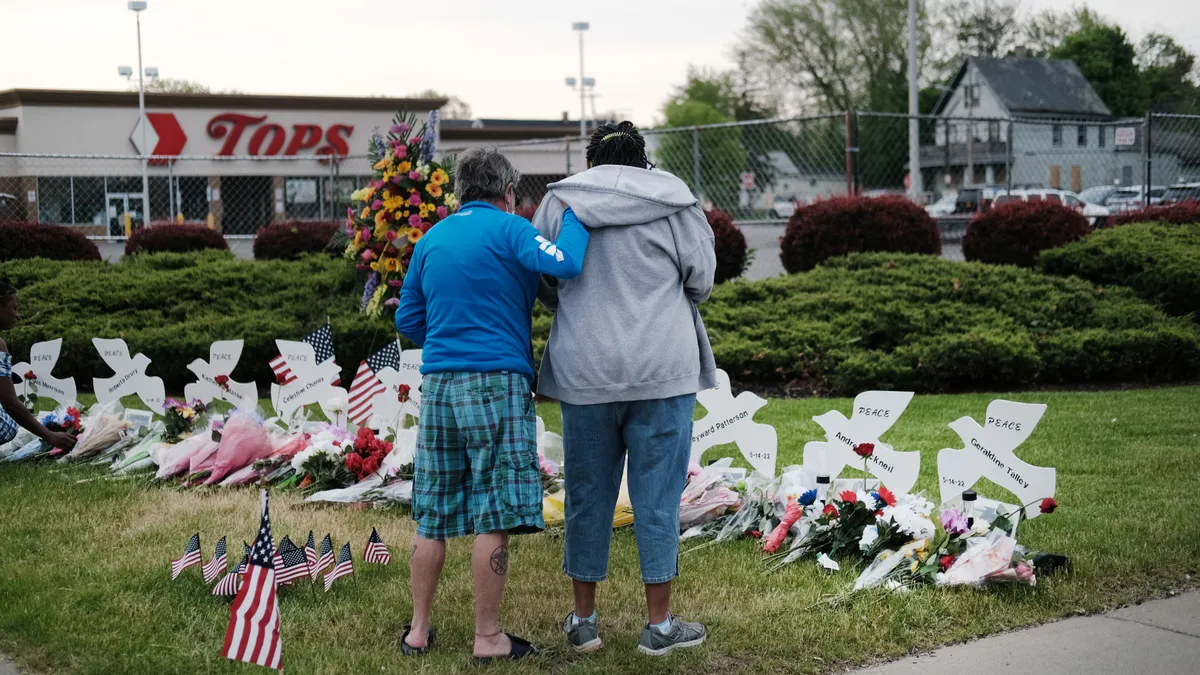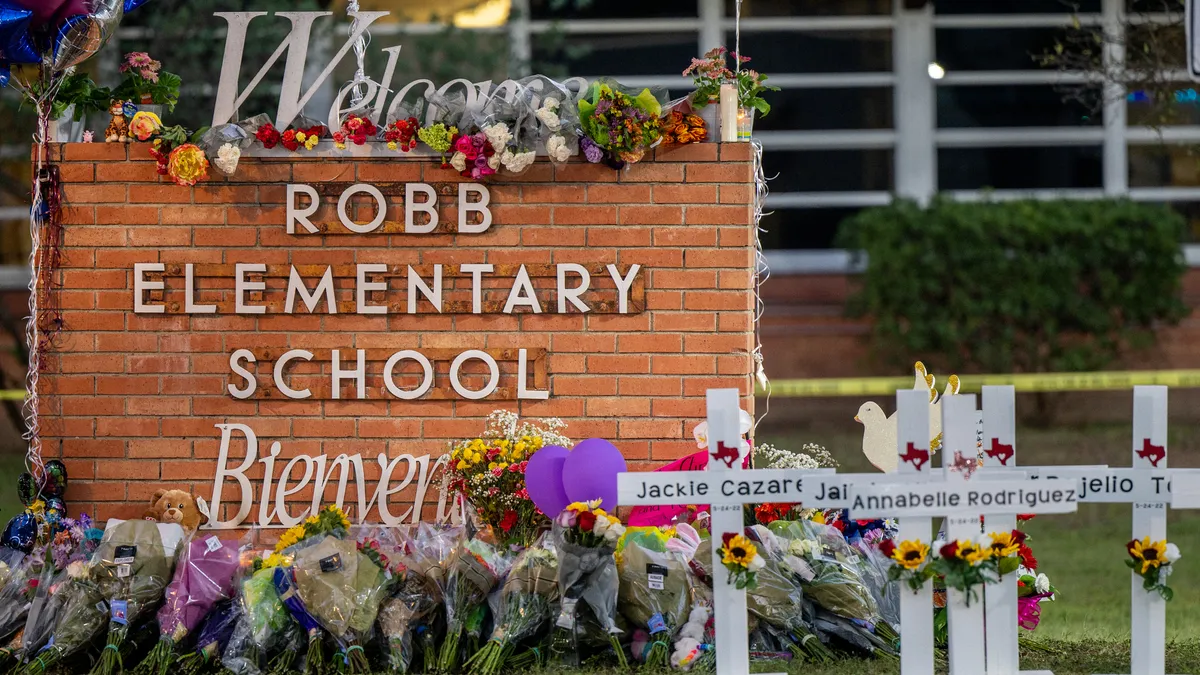Active shooters gunning down people at schools, grocery stores and parades has become an epidemic in America. And it’s one that people of all political persuasions condemn as horribly tragic, even though they disagree on how to prevent such acts of violence.
The issue of how shooters acquire their guns has long been a focus of discussion, and the payment method they use in acquiring their weapons — whether by credit card, cash or some other means — is also emerging as part of the debate. That discourse carried over into the payments industry earlier this year when an international standard-setting body moved to code gun-sellers as part of processing a credit card transaction. Members of Congress questioned the move and card network companies, like Visa, and card issuers, such as JPMorgan Chase, were caught up in the discussion too. Now, companies are awaiting the new standard and mulling the contours of implementation.
With a proliferation of payment options, including buy now-pay later (BNPL) tools, methods of payment for guns are poised to remain center-stage as opposing factions wrestle over the issue in the political arena, in courts and in public forums.
As a result, Payments Dive has embarked on a project to collect and categorize data on payment methods active shooters used in acquiring their guns. The publication's aim is to shed light on the anecdotal facts related to shooters' payments and inform the broader dialogue on this issue happening in the industry.
The series began last year with entries in November regarding the gun transactions that preceded the mass shootings in Highland Park, Illinois; Uvalde, Texas; and Buffalo, New York. There was a follow-up entry in December about the gun sale to a shooter involved in the 2021 killings at Atlanta spas. This month, the series is delving into the payment method for a gun used in a mass shooting at a Walmart in 2019.
The series defines “mass shooting” as any act in which five or more people are killed in one incident by one shooter. The incidents included are chosen based on preliminary research that suggests the payment methods for the guns purchased in these cases may contribute to understanding the broader problem, and how to address it.

